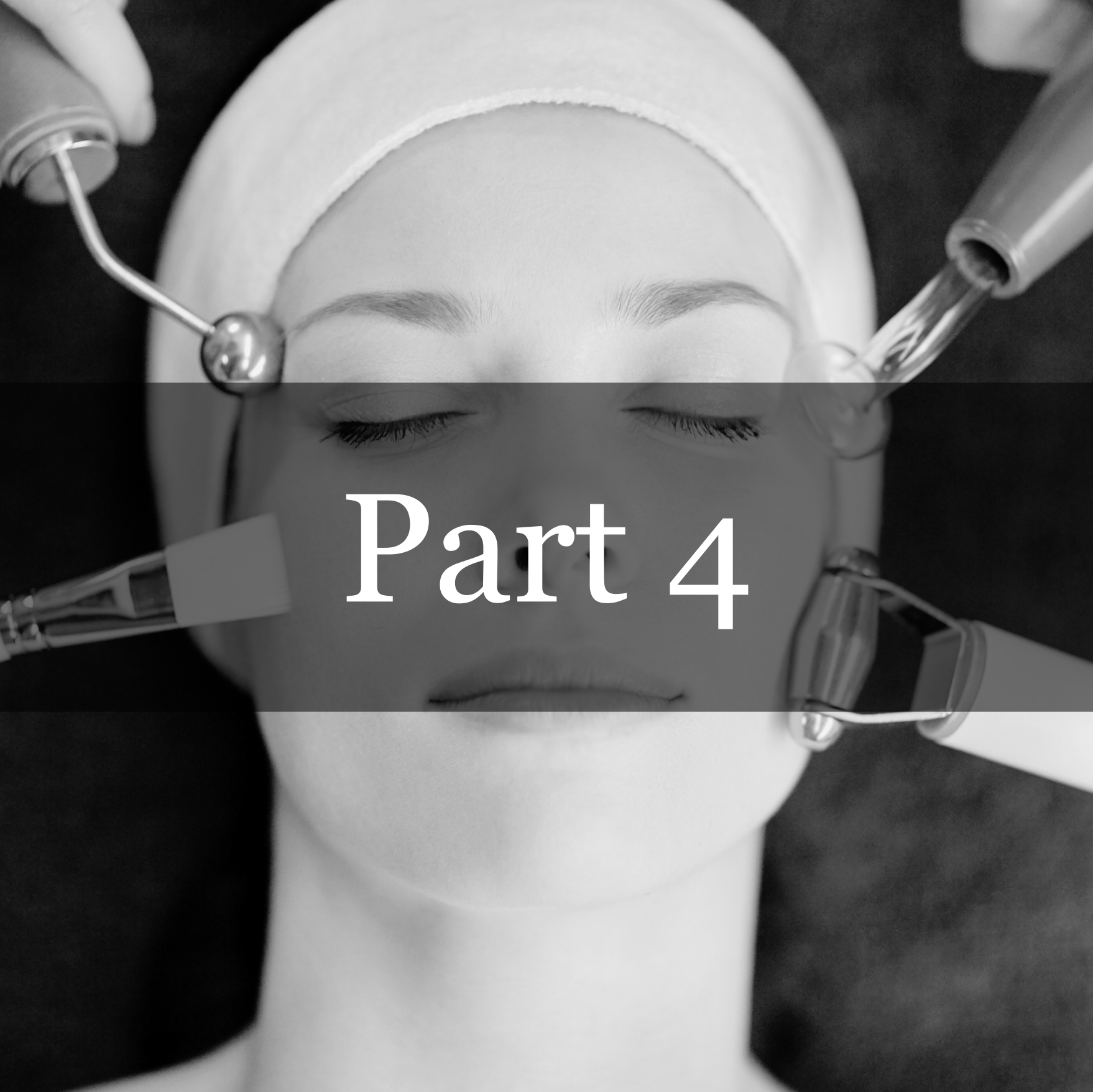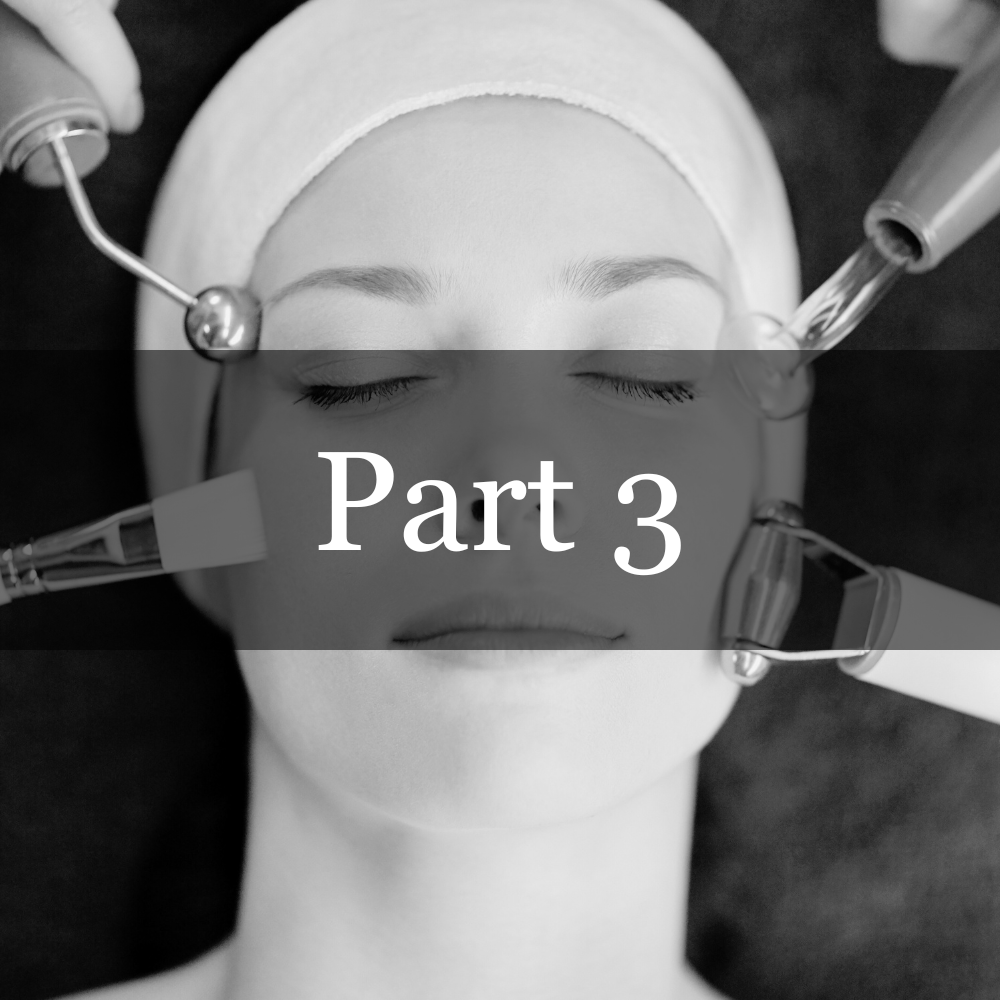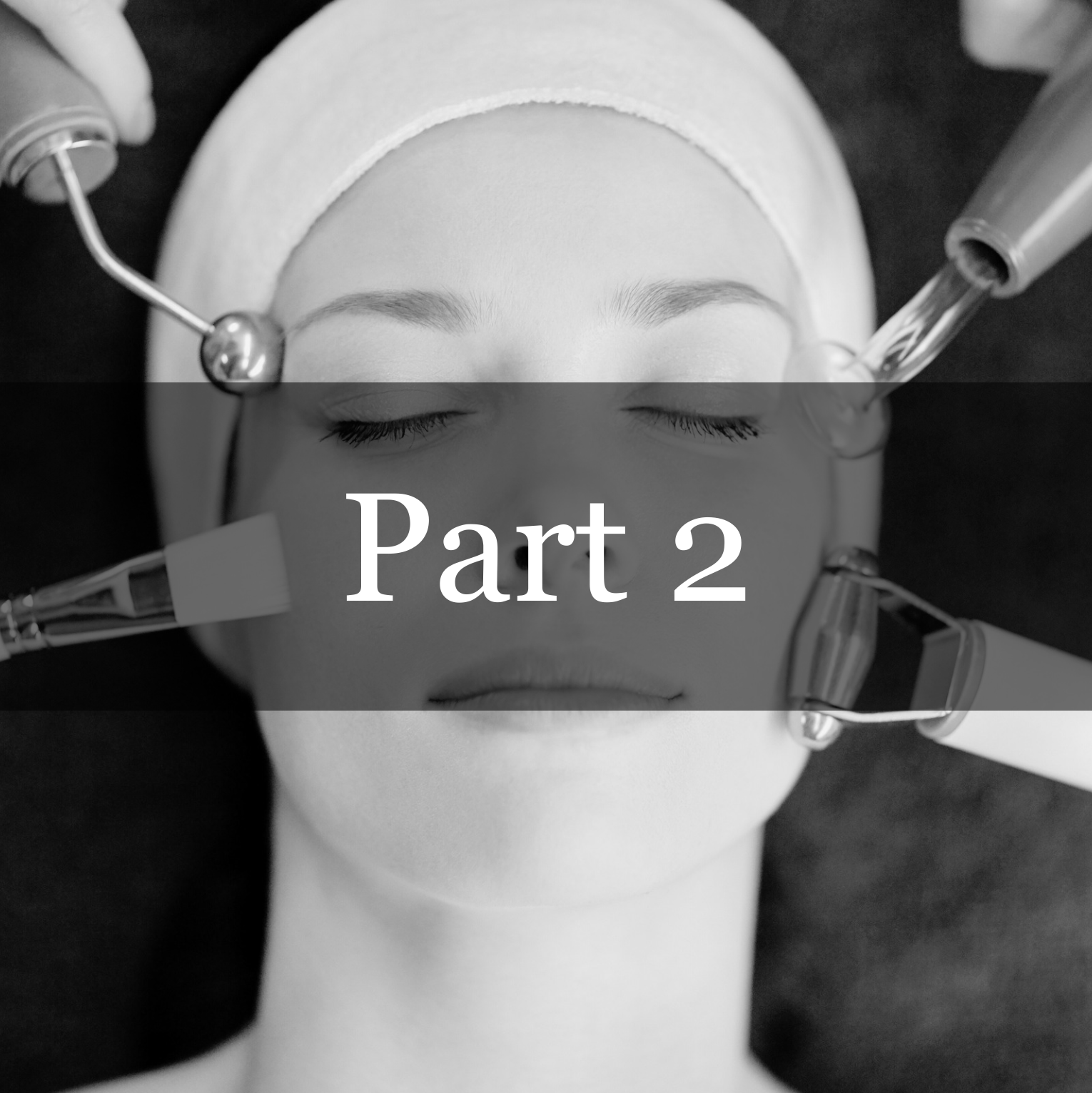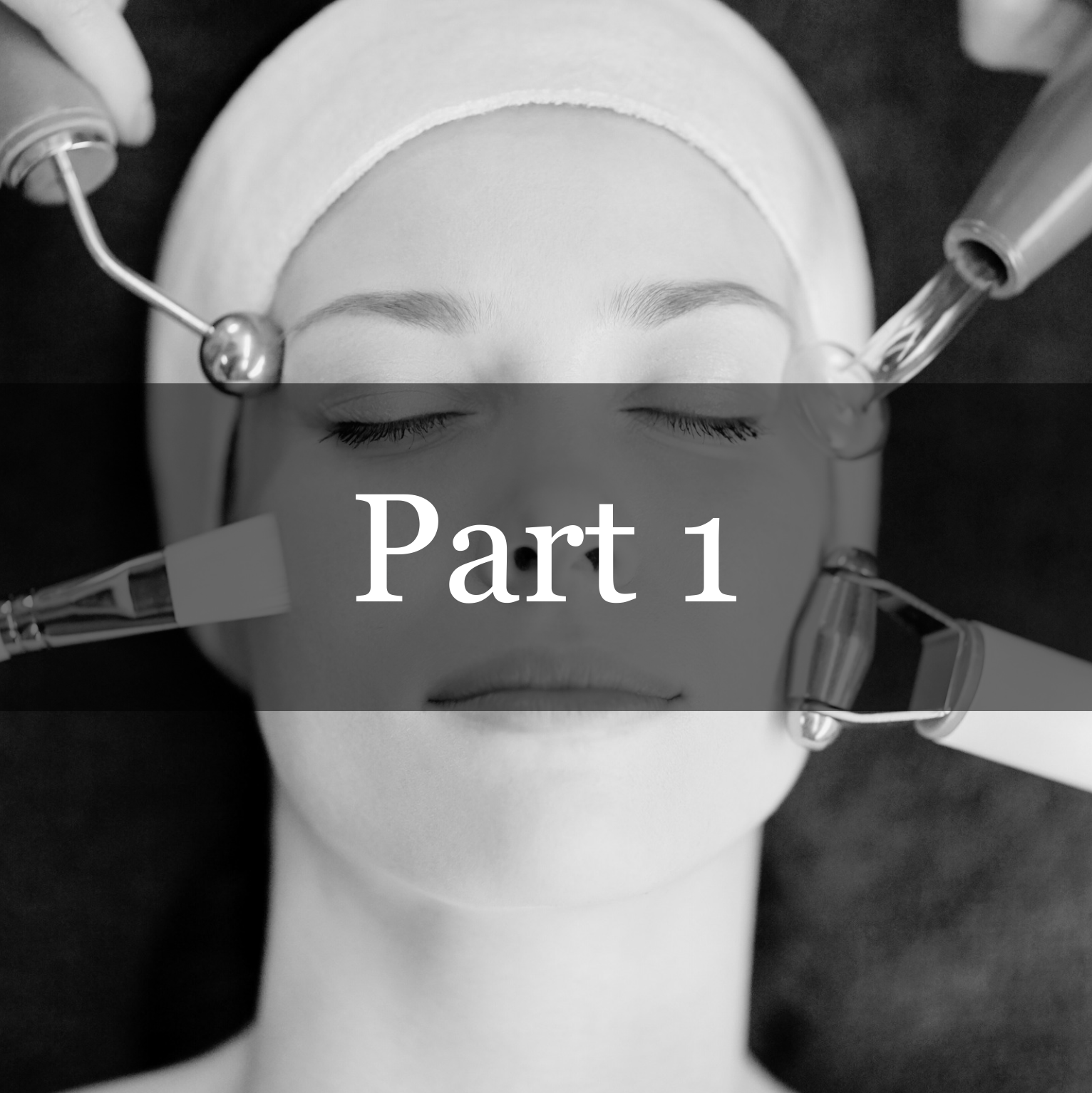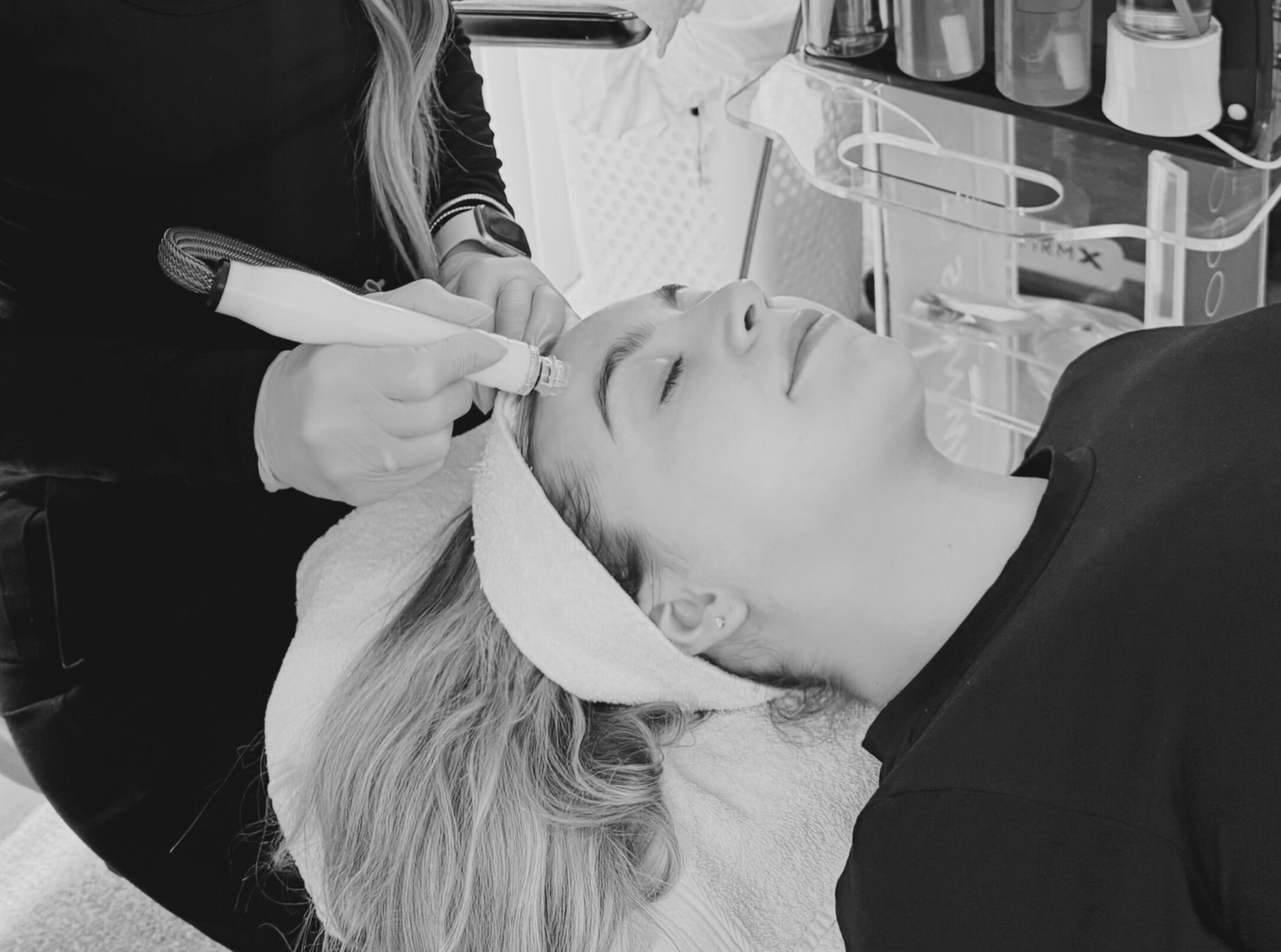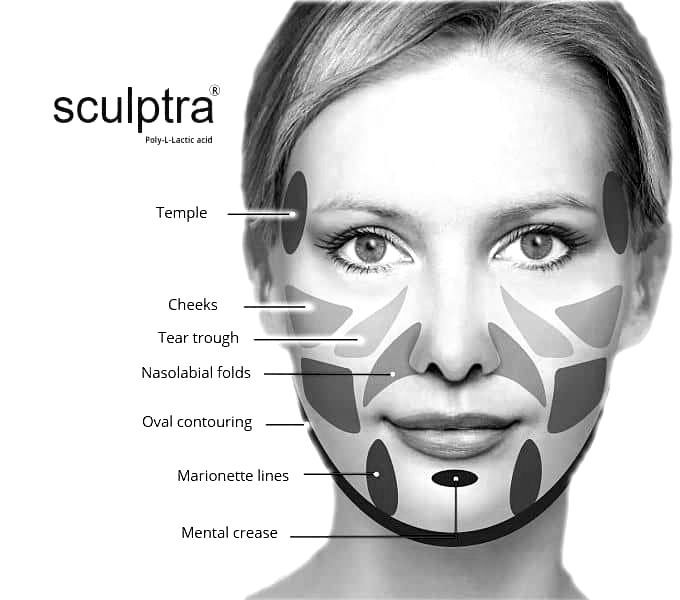Pigmented Lesions: An In-depth Overview
Pigmented Lesions: An In-depth Overview
Pigmented Skin Lesions: Causes & Treatment
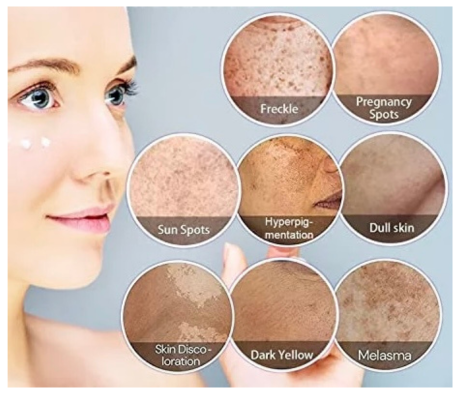
What are pigmented lesions?
Pigmented lesions are the end result of the immune system triggering an inflammatory response, which then triggers melanocyte activity to protect the skin’s DNA from damage and mutation. Melanocytes are the cells that produce melanin, the substance that gives color (pigment) to the skin. This process is instigated by any hormonal trigger or skin inflammation, such as heat, trauma, and sun damage.
Common pigmented lesions include: Age Spots, Sun Spots, Freckles, and (PIH) Brown Spots from Acne
Pigmented lesions are quite common and in most cases harmless. In fact, nearly all adults have at least a few of them on their skin. The majority of people who seek treatment do so for aesthetic purposes. Although pigmented lesions are usually no cause for concern, some can develop into different forms of skin cancer, which is why it's important for you and your provider to monitor them closely. You might need an examination by a dermatologist for pigmented lesions that change color, shape, or size.
Why do we develop them?
Primary causes of pigmented lesions:
UV-induced hyperpigmentation, meaning overexposure to the sun, tanning beds, fluorescent and ambient lighting cause skin damage resulting in dark spots on the skin. Many of the dark spots that surface in adulthood often stem from excessive sun exposure during younger years.
Hormonally-induced hyperpigmentation refers to any hormone fluctuation, which induces hyperpigmentation. Pregnancy, hormonal imbalances and menopause are just a few examples of hormonal fluctuation types. Pigmented lesions can also be developed as a side effect from taking certain medications, such as birth control pills or hormone medications, especially when those medications are combined with sun exposure.
PIH (Post-inflammatory Hyperpigmentation) is caused by inflammation-induced damage to basal keratinocytes, which release large amounts of melanin. Post-inflammatory hyperpigmentation is typically experienced after a pimple or breakout has run its course. Other causes for PIH is post traumatic hyperpigmentation, which is any type of trauma to the skin, such as insect bites, burns, heat, razor bumps, infections, etc.
What is the best treatment option to reduce pigmented lesions?
Although there is no permanent cure to prevent pigmented lesions from forming, there are treatments that will help to make lesions hidden to the naked eye. Our top recommended treatment to reduce pigmented lesions is laser, specifically Motus AZ+, Moveo PL (Pigmented Lesions). With Moveo PL our providers can comfortably reduce large areas of pigmented lesions on the face, hands, arms, legs, chest and even back. Moveo PL treats dark spots, sun damage and other benign pigmented lesions with the efficacious Alexandrite laser. Moveo PL is appropriate and safe for all skin types.
In addition to laser treatments, our providers may recommend at-home topical care to continue to reduce, lighten, suppress and prevent future pigmented lesions. We tailor each treatment plan to the specific needs and skin type of each individual client for the most successful outcomes!
Enjoy 15% OFF Moveo PL (valid through October 31, 2023)
Click link below to schedule your Moveo PL Treatment!
https://www.vagaro.com/radiancekelly/book-now
Our clients can now take advantage of creating an individualized payment plan through Cherry Finance,
which allows for flexible monthly payments, making treatments more affordable!
Click to learn more at https://pay.withcherry.com/radiancekelly.
References:
Physicians Care Alliance, LLC, Skin Conditions (pgs. 41-43), 2020
Duke Department of Dermatology, Pigmented Lesions, 2022
Naturally Restored Volume & Refreshed Skin

